What Causes the Knee to Buckle: 5 Causes and How to Treat Them
What causes the knee to buckle? Learn about 5 common causes of knee buckling and how to effectively treat them. Discover solutions to prevent falls and improve knee stability.
Understanding Knee Buckling: Causes and Treatments
Knee buckling, also known as knee instability or weak knees, is a concerning issue that can significantly impact an individual’s mobility and overall quality of life. This condition occurs when one or both knees feel weak and unexpectedly give out, often leading to falls and potential injuries. Understanding the underlying causes of knee buckling is crucial for addressing the problem effectively. In this comprehensive article, we’ll explore the five most common causes of knee buckling and provide insights into effective treatment options.
1. Knee Injuries
One of the primary causes of knee buckling is injuries to the knee joint, which can occur during high-impact activities such as running or as a result of accidents. Some of the most common knee injuries that can lead to instability include:
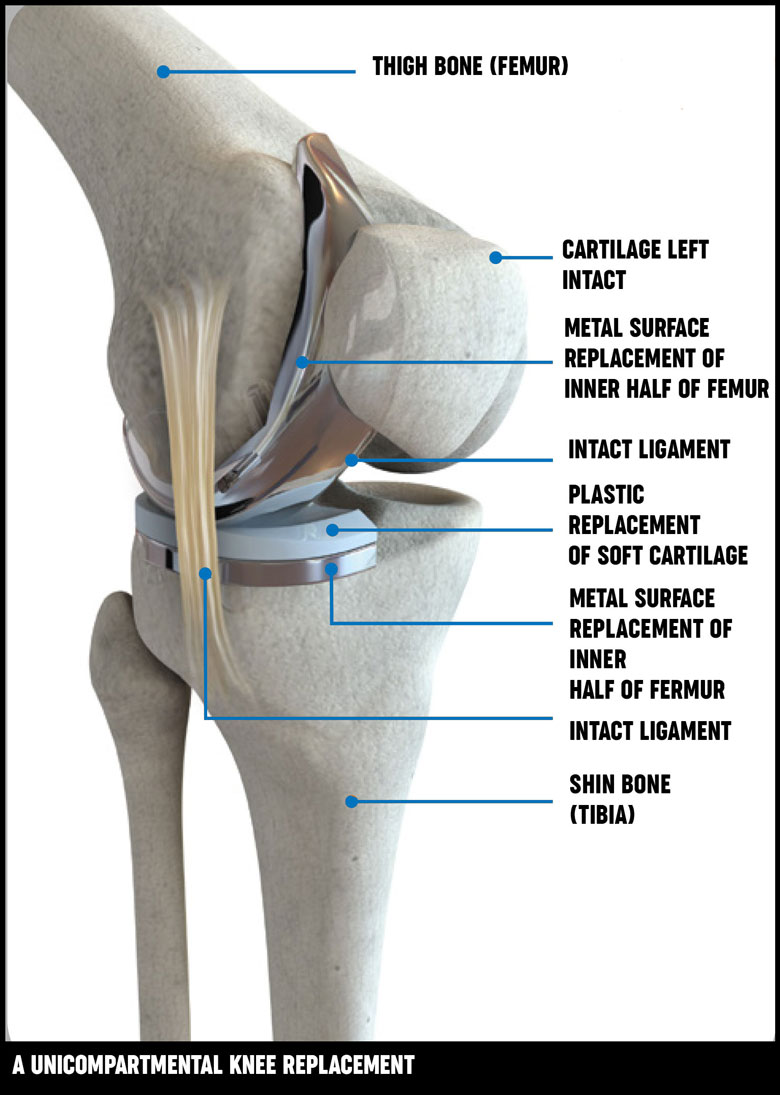
- Anterior Cruciate Ligament (ACL) tears
- Meniscus tears
- Loose bodies (pieces of bone or cartilage floating within the knee)
In addition to instability, these injuries often cause pain and swelling in the affected knee. The good news is that with proper treatment, which may include physical therapy or even surgery, the underlying injury can be addressed, and the knee buckling should subside.
2. Femoral Neuropathy
Another potential cause of knee buckling is femoral neuropathy, a condition that affects the femoral nerve, one of the two major nerves in the lower leg. Femoral neuropathy can cause weakness in the knees, making them more prone to buckling. Symptoms of femoral neuropathy include:
- Pain
- Tingling
- Burning
- Numbness in parts of the thigh or lower leg
Femoral neuropathy can be caused by a variety of factors, including diabetes, certain medications, arthritis, heavy alcohol consumption, and neurological disorders. Treatment typically involves addressing the underlying cause, which may include surgery, pain medication, or lifestyle changes.
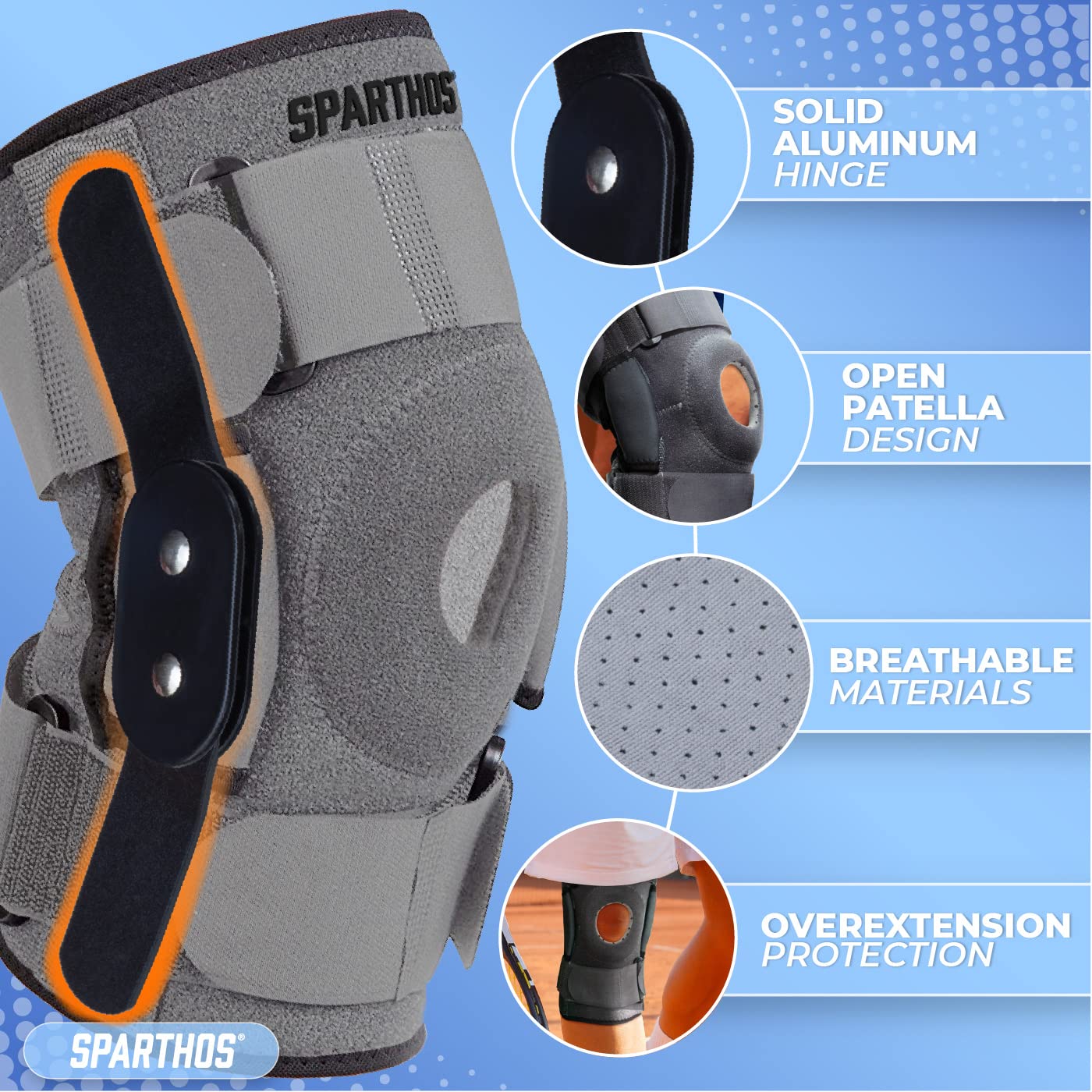
3. Plica Syndrome
Plica syndrome is a condition caused by inflammation of the medial plica, a fold in the membrane that covers the knee joint. In addition to knee buckling, plica syndrome can also cause:
- Clicking sounds in the knee
- Pain on the inside of the knee
- Pain and tenderness in the kneecap
Most cases of plica syndrome are caused by a knee injury or overuse of the knee. Treatment typically involves physical therapy to strengthen the muscles surrounding the knee, as well as corticosteroid injections to reduce inflammation. In rare cases, surgery may be necessary to remove or adjust the plica.
4. Arthritis
Arthritis, which is the inflammation of the joints, can also be a significant contributor to knee buckling. Both osteoarthritis and rheumatoid arthritis can cause knee instability, as well as other symptoms such as:
- Pain
- Stiffness
- A locking or sticking sensation
- A grinding or clicking noise
While there is no cure for arthritis, several treatments can help manage the symptoms, including medications, corticosteroid injections, physical therapy, and the use of assistive devices like knee braces.

5. Multiple Sclerosis (MS)
Interestingly, some individuals with multiple sclerosis (MS) have reported experiencing knee buckling as a symptom of their condition. MS is a chronic autoimmune disease that affects the protective covering of the nerves, leading to a variety of symptoms, including:
- Vision loss
- Fatigue
- Dizziness
- Tremors
While the relationship between knee buckling and MS is not fully understood, the weakness and numbness in the legs that are common with MS may contribute to the feeling of the knee giving out. Management of knee buckling in MS often involves treatment with corticosteroid injections and muscle relaxants to reduce nerve inflammation and stiffness.
Seeking Medical Attention
If you are experiencing frequent knee buckling, it’s important to follow up with your healthcare provider to identify the underlying cause and develop an appropriate treatment plan. Ignoring this issue can increase your risk of falls and serious injuries, so it’s crucial to address it promptly.
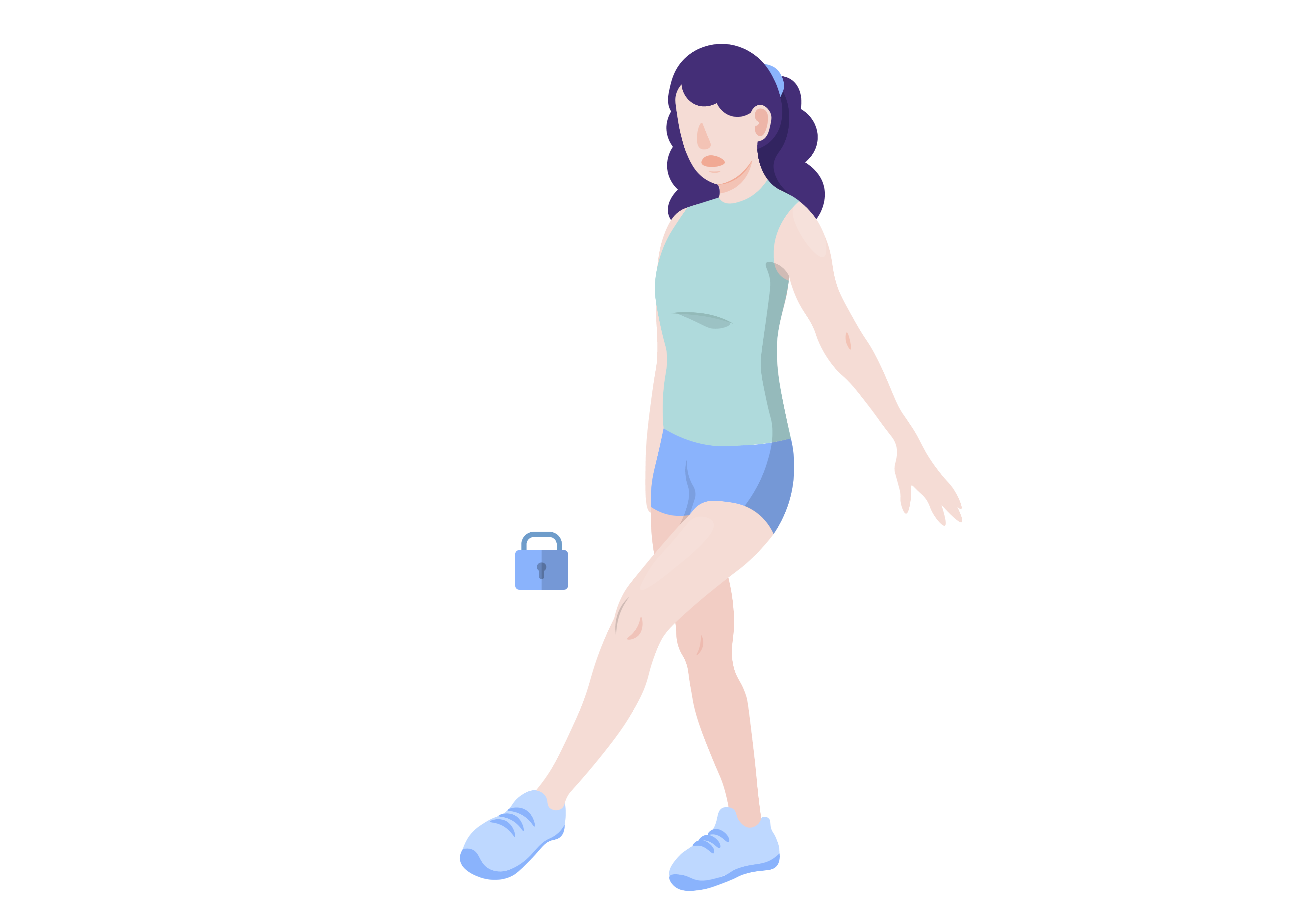
In the meantime, try to rest your knee and apply either hot or cold therapy to help manage any pain or discomfort. Incorporating gentle exercises and stretches recommended by a physical therapist can also help strengthen the muscles surrounding the knee and improve stability.
Remember, with the right treatment and care, many cases of knee buckling can be effectively managed, allowing individuals to regain their mobility and independence.
5 Causes and How to Treat Them
We include products we think are useful for our readers. If you buy through links on this page, we may earn a small commission Here’s our process.
Healthline only shows you brands and products that we stand behind.
Our team thoroughly researches and evaluates the recommendations we make on our site. To establish that the product manufacturers addressed safety and efficacy standards, we:
- Evaluate ingredients and composition: Do they have the potential to cause harm?
- Fact-check all health claims: Do they align with the current body of scientific evidence?
- Assess the brand: Does it operate with integrity and adhere to industry best practices?
We do the research so you can find trusted products for your health and wellness.
Read more about our vetting process.
Was this helpful?
Knee buckling is when one or both knees feel weak and give out. It can be accompanied by pain, but not always. If it happens a lot, it could be a sign of an underlying medical problem.
If it happens a lot, it could be a sign of an underlying medical problem.
Knee buckling is also referred to as knee instability or weak knees.
Frequent knee buckling also raises your risk of falling and seriously injuring yourself, so it’s important to figure out the underlying cause. Keep reading to learn more about the causes of knee buckling and how to treat them.
Many cases of knee instability are caused by injuries, either from high-impact activities, such as running, or an accident. Common knee injuries include:
- ACL tears
- meniscus tears
- loose bodies (pieces of bone or cartilage floating within the knee)
In addition to instability, knee injuries often cause pain and swelling in the affected knee.
Injury-related knee buckling usually goes away after you treat the underlying injury. Depending on the type of injury, you may need to do physical therapy or have surgery. While you recover, try to avoid putting pressure on your knee whenever possible.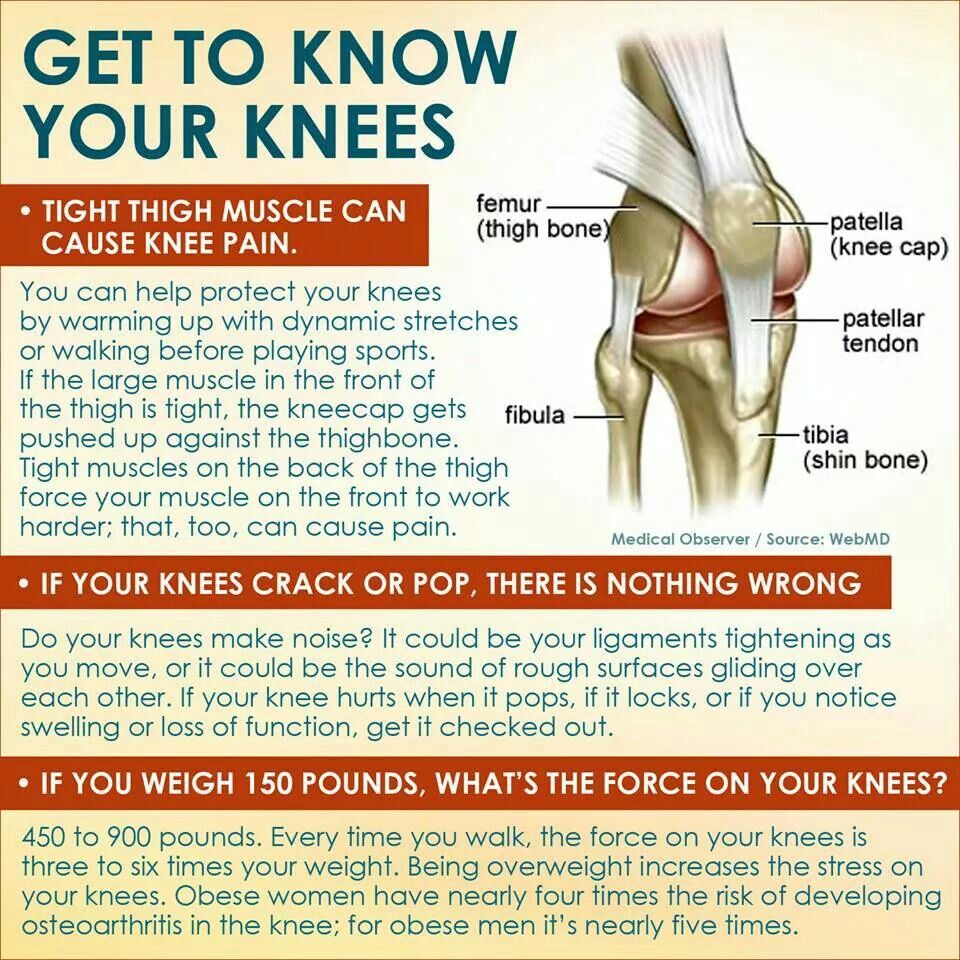
The femoral nerve is one of two major nerves in your lower leg. Femoral neuropathy, which refers to dysfunction of your femoral neve, can cause weakness in your knees, making them more prone to buckling. Other symptoms of femoral nerve neuropathy include:
- pain
- tingling
- burning
- numbness in parts of your thigh or lower leg
Many things can cause femoral neuropathy, including:
- diabetes
- certain medications
- arthritis
- heavy alcohol consumption
- neurological disorders, such as fibromyalgia
- injuries
Treating femoral neuropathy depends on the cause, but it usually involves surgery, pain medication, or lifestyle changes. In many cases, neuropathy isn’t curable, but treatment can help to reduce your symptoms or prevent them from getting worse.
Plica syndrome is caused by inflammation of the medial plica, which is a fold in the middle of the membrane that covers your knee joint.:max_bytes(150000):strip_icc()/knee-pain-instability-2549493-5c04aaf946e0fb00010b8e7a-b0ef89c536aa4cd7a9db3f927d72597b.png) In addition to knee buckling, plica syndrome can also cause:
In addition to knee buckling, plica syndrome can also cause:
- clicking sounds in your knee
- pain on the inside of your knee
- pain and tenderness in your kneecap
Most cases of plica syndrome are caused by a knee injury or overusing your knee. Treatment usually involves physical therapy to strengthen the muscles surrounding your knee. You may also need a corticosteroid injection to reduce inflammation. In rare cases, your doctor might suggest surgery to remove or adjust your plica.
Arthritis refers to inflammation in your joints, and it often affects your knees. There are many types of arthritis, but knee buckling is a common symptom of both osteoarthritis and rheumatoid arthritis, which is an autoimmune disease. While rheumatoid arthritis usually affects both knees, you may only have osteoarthritis in one knee.
Both osteoarthritis and rheumatoid arthritis can also cause:
- pain
- stiffness
- a locking or sticking sensation
- a grinding or clicking noise
While there’s no cure for arthritis, several things can help you manage your symptoms, including:
- medications, such as nonsteroidal anti-inflammatory drugs
- corticosteroid injections
- physical therapy
- wearing an assistive device, such as a knee brace
Some people with multiple sclerosis (MS) report having knee buckling as a symptom. MS is a condition that causes your immune system to attack the protective covering of your nerves. While there hasn’t been much research into the relationship between knee buckling and multiple sclerosis, weakness and numbness in your legs are common symptoms of MS. This may make it feel like your knee is buckling.
MS is a condition that causes your immune system to attack the protective covering of your nerves. While there hasn’t been much research into the relationship between knee buckling and multiple sclerosis, weakness and numbness in your legs are common symptoms of MS. This may make it feel like your knee is buckling.
MS can cause a variety of symptoms that differ from person to person, but other common symptoms include:
- vision loss
- fatigue
- dizziness
- tremors
There’s no cure for MS, but corticosteroid injections can help to reduce nerve inflammation in your legs. Taking muscle relaxants can also help if you have stiffness or frequent spasms in your legs.
Frequent knee buckling may be a sign of an underlying injury or condition, so it’s a good idea to follow up with your doctor. In the meantime, try to rest your knee and apply either a hot or cold compress. You can also wear a knee brace or use a cane to reduce your risk of falling when your knees buckle.
You can also try these leg exercises for weak knees.
Knee buckling can range from a mild annoyance to a serious health hazard. Depending on what’s causing it, you may need physical therapy or surgery. Work with your doctor to figure out what’s causing your knees to buckle and use extra caution when walking up or down stairs.
5 Causes and How to Treat Them
We include products we think are useful for our readers. If you buy through links on this page, we may earn a small commission Here’s our process.
Healthline only shows you brands and products that we stand behind.
Our team thoroughly researches and evaluates the recommendations we make on our site. To establish that the product manufacturers addressed safety and efficacy standards, we:
- Evaluate ingredients and composition: Do they have the potential to cause harm?
- Fact-check all health claims: Do they align with the current body of scientific evidence?
- Assess the brand: Does it operate with integrity and adhere to industry best practices?
We do the research so you can find trusted products for your health and wellness.
Read more about our vetting process.
Was this helpful?
Knee buckling is when one or both knees feel weak and give out. It can be accompanied by pain, but not always. If it happens a lot, it could be a sign of an underlying medical problem.
Knee buckling is also referred to as knee instability or weak knees.
Frequent knee buckling also raises your risk of falling and seriously injuring yourself, so it’s important to figure out the underlying cause. Keep reading to learn more about the causes of knee buckling and how to treat them.
Many cases of knee instability are caused by injuries, either from high-impact activities, such as running, or an accident. Common knee injuries include:
- ACL tears
- meniscus tears
- loose bodies (pieces of bone or cartilage floating within the knee)
In addition to instability, knee injuries often cause pain and swelling in the affected knee.
Injury-related knee buckling usually goes away after you treat the underlying injury. Depending on the type of injury, you may need to do physical therapy or have surgery. While you recover, try to avoid putting pressure on your knee whenever possible.
Depending on the type of injury, you may need to do physical therapy or have surgery. While you recover, try to avoid putting pressure on your knee whenever possible.
The femoral nerve is one of two major nerves in your lower leg. Femoral neuropathy, which refers to dysfunction of your femoral neve, can cause weakness in your knees, making them more prone to buckling. Other symptoms of femoral nerve neuropathy include:
- pain
- tingling
- burning
- numbness in parts of your thigh or lower leg
Many things can cause femoral neuropathy, including:
- diabetes
- certain medications
- arthritis
- heavy alcohol consumption
- neurological disorders, such as fibromyalgia
- injuries
Treating femoral neuropathy depends on the cause, but it usually involves surgery, pain medication, or lifestyle changes. In many cases, neuropathy isn’t curable, but treatment can help to reduce your symptoms or prevent them from getting worse.
Plica syndrome is caused by inflammation of the medial plica, which is a fold in the middle of the membrane that covers your knee joint. In addition to knee buckling, plica syndrome can also cause:
- clicking sounds in your knee
- pain on the inside of your knee
- pain and tenderness in your kneecap
Most cases of plica syndrome are caused by a knee injury or overusing your knee. Treatment usually involves physical therapy to strengthen the muscles surrounding your knee. You may also need a corticosteroid injection to reduce inflammation. In rare cases, your doctor might suggest surgery to remove or adjust your plica.
Arthritis refers to inflammation in your joints, and it often affects your knees. There are many types of arthritis, but knee buckling is a common symptom of both osteoarthritis and rheumatoid arthritis, which is an autoimmune disease. While rheumatoid arthritis usually affects both knees, you may only have osteoarthritis in one knee.
Both osteoarthritis and rheumatoid arthritis can also cause:
- pain
- stiffness
- a locking or sticking sensation
- a grinding or clicking noise
While there’s no cure for arthritis, several things can help you manage your symptoms, including:
- medications, such as nonsteroidal anti-inflammatory drugs
- corticosteroid injections
- physical therapy
- wearing an assistive device, such as a knee brace
Some people with multiple sclerosis (MS) report having knee buckling as a symptom. MS is a condition that causes your immune system to attack the protective covering of your nerves. While there hasn’t been much research into the relationship between knee buckling and multiple sclerosis, weakness and numbness in your legs are common symptoms of MS. This may make it feel like your knee is buckling.
MS can cause a variety of symptoms that differ from person to person, but other common symptoms include:
- vision loss
- fatigue
- dizziness
- tremors
There’s no cure for MS, but corticosteroid injections can help to reduce nerve inflammation in your legs. Taking muscle relaxants can also help if you have stiffness or frequent spasms in your legs.
Taking muscle relaxants can also help if you have stiffness or frequent spasms in your legs.
Frequent knee buckling may be a sign of an underlying injury or condition, so it’s a good idea to follow up with your doctor. In the meantime, try to rest your knee and apply either a hot or cold compress. You can also wear a knee brace or use a cane to reduce your risk of falling when your knees buckle.
You can also try these leg exercises for weak knees.
Knee buckling can range from a mild annoyance to a serious health hazard. Depending on what’s causing it, you may need physical therapy or surgery. Work with your doctor to figure out what’s causing your knees to buckle and use extra caution when walking up or down stairs.
Functional braces in the treatment of gonarthrosis and the consequences of knee joint injuries
Gonarthrosis is a chronic, constantly progressive disease of the knee joints, in which cartilage and bone articular structures are initially damaged and then destroyed. Secondarily, soft tissues such as the capsule, ligaments and adjacent tendons, muscles and joint bags become inflamed. Secondary changes are observed, in the form of marginal bone growths (osteophytes), spasm of local muscles and deterioration of blood supply (tissue ischemia).
Secondarily, soft tissues such as the capsule, ligaments and adjacent tendons, muscles and joint bags become inflamed. Secondary changes are observed, in the form of marginal bone growths (osteophytes), spasm of local muscles and deterioration of blood supply (tissue ischemia).
In case of gonarthrosis, all joint structures are involved in the process, including cartilage, synovial membrane, underlying bone and surrounding nerves, muscles, tendons, ligaments. Gonarthrosis is a “chronic insufficiency of the joint”, in which various provoking factors lead to the same type of structural changes in the cartilage. In other words, damage or disease to any of the above structures leads to cartilage destruction, and vice versa, cartilage damage can secondarily lead to diseases of the periarticular tissues. In one case or another, there is a detailed picture of such a disease as osteoarthritis.
Against the background of gonarthrosis, gradually, gradually, instability of the knee joint may develop.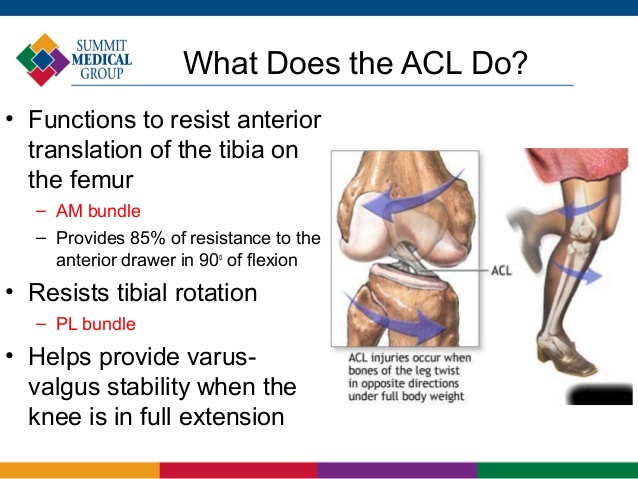 Most often this occurs with the X-shaped form of the knee joints.
Most often this occurs with the X-shaped form of the knee joints.
Even normally there is a small angle between the vertical and the axis of the leg (the so-called Q-angle).
In women, due to the wider pelvis, this angle is slightly larger than in men. If the deviation of the lower leg from the vertical is more than 6 – 7 °, this disrupts the correct loading of the joint. On the inside of the joint, the capsule and ligament are stretched and weakened.
On the outside, articular cartilage begins to wear out quickly. If this process is not stopped in time, a critical moment occurs when the knee joint becomes unstable when walking: with each step, the lower leg deviates outward. O-shaped legs are less common.
And in these cases, instability may develop, but the lower leg deviates inward in this case.
Surgery is the treatment of choice for advanced instability.
Special devices that reduce the load on the joint in case of arthrosis include the so-called orthopedic correction means. These include orthopedic shoes (which must be worn in the presence of shortening of the limb), arch supports (prescribed for flat feet), various knee pads (capable of stabilizing the knee joint), etc. Functional orthoses are very effective for unloading and correcting deformities of the knee joint in case of violations of the limb axis. The semi-rigid or rigid design of orthoses can reduce the looseness of the knee joint and thereby reduce cartilage trauma during physical exertion, and the lateral hinge mechanisms allow not to limit active movements in the knee joint. Orthoses allow you to eliminate lateral deviations and rotational movements of the lower leg, protecting the knee joint from pathological movements that cause pain. Orthoses can be used both in the conservative treatment of gonarthrosis, and in the postoperative and rehabilitation periods.
These include orthopedic shoes (which must be worn in the presence of shortening of the limb), arch supports (prescribed for flat feet), various knee pads (capable of stabilizing the knee joint), etc. Functional orthoses are very effective for unloading and correcting deformities of the knee joint in case of violations of the limb axis. The semi-rigid or rigid design of orthoses can reduce the looseness of the knee joint and thereby reduce cartilage trauma during physical exertion, and the lateral hinge mechanisms allow not to limit active movements in the knee joint. Orthoses allow you to eliminate lateral deviations and rotational movements of the lower leg, protecting the knee joint from pathological movements that cause pain. Orthoses can be used both in the conservative treatment of gonarthrosis, and in the postoperative and rehabilitation periods.
Particularly noteworthy are the modern functional orthoses developed and used for the treatment of gonarthrosis. They are often called a brace (an orthopedic product with stiffeners). They have a one- or two-sided lateral hinge mechanism, which allows, in case of violations of the axis of the limb, to remove the lower leg from the pathological state, thereby unloading the knee joint.
They have a one- or two-sided lateral hinge mechanism, which allows, in case of violations of the axis of the limb, to remove the lower leg from the pathological state, thereby unloading the knee joint.
So, for example, in the most common medial gonarthrosis, accompanied by varus deformity of the lower leg, the brace allows you to “push” the lower leg outward. At the same time, the medial joint space expands, the degree of pressure of the bones against each other decreases, and the pain syndrome naturally decreases.
Similar instability of the knee joint can develop acutely, with injuries with rupture of the ligaments and capsule. The most important stabilizer of the knee joint is the anterior cruciate ligament, located in its center.
It crosses over the posterior cruciate ligament (hence their name). Complete rupture of the ligament leads to complaints of instability of the knee joint. The joint is especially unstable when lowering down stairs or walking on uneven surfaces. Sometimes there is a sudden bending of the knee; it can be mild and occasional or so painful that the patient avoids walking on uneven surfaces and sports are not possible. Severe bending occurs with prolonged pain and effusion. The diagnosis is characterized by the “drawer” symptom.
Sometimes there is a sudden bending of the knee; it can be mild and occasional or so painful that the patient avoids walking on uneven surfaces and sports are not possible. Severe bending occurs with prolonged pain and effusion. The diagnosis is characterized by the “drawer” symptom.
At the stage of determining indications/contraindications for surgical treatment of instability, a dilemma sometimes arises. On the one hand, the consequences of chronic instability (hypotrophy of the thigh muscles, deforming arthrosis) are contraindications for static stabilization, arthroscopic stabilization using grafts with bone blocks leads to an increase in the load on the articular cartilage and, as a result, to the formation or progression of deforming arthrosis. On the other hand, conservative methods do not provide a sufficient stabilizing effect, which also contributes to the development of deforming arthrosis. Sometimes it is recommended to postpone the operation for 2-3 weeks until the range of motion in the knee joint increases. Delaying surgery in the acute phase helps to reduce complications during rehabilitation measures associated with restoring range of motion in the knee joint after surgical treatment.
Delaying surgery in the acute phase helps to reduce complications during rehabilitation measures associated with restoring range of motion in the knee joint after surgical treatment.
In case of contraindications to cruciate ligament plasty and in the postoperative period, external functional fixation is indicated, because the brace provides mechanical stability of the knee joint, allowing injured tissues to recover.
And after knee ligament reconstruction surgery, functional braces are primarily used for protection, enabling soft tissue remodeling and repair.
There is also an increase in the use of functional braces for purely prophylactic purposes in intact knee joints, for example in football players and skiers. To date, there are both subjective conclusions about the benefits of such use in reducing the number and prevention of the severity of injuries, as well as many modern scientific studies confirming this.
When used prophylactically, the brace’s primary role is to prevent or reduce valgus or knee rotation, in which the anterior cruciate ligament (or its graft) is wedged under the lateral condyle of the femur, resulting in a torn or sprained ligament.
Brace selection is carried out at the appointment of a surgeon.
There are contraindications. Read the instructions or consult a specialist.
causes, treatment – how to get rid of pain in the knee area
home
Articles ➡
Symptoms
Knee pain when walking
This symptom is treated by an Orthopedic Traumatologist.
Make an appointment
Share:
The complaint of pain in the knee when walking quite often occurs in people of different ages. The knee joint has a significant load, so discomfort can sometimes occur. Also, such a symptom appears in pathological conditions associated with damage to the joint and nearby anatomical structures. Since the patient will not independently determine the cause of the discomfort, it is necessary to undergo an examination. Toluo specialist can make a definitive diagnosis and prescribe topical treatment.
CMRT specialist tells
Kuchenkov A.V.
Orthopedist • Traumatologist • Surgeon • Phlebologist • Sports doctor • 24 years of experience
Publication date: September 25, 2021
Verification date: February 02, 2023
All facts have been verified by a doctor.
Contents of the article
Causes of knee pain when walking
Varieties
Which doctor to contact
Diagnostic methods
Treatment of knee pain when walking
Rehabilitation
After treatment, the patient will need rehabilitation to restore damaged anatomical structures and normalize movement in the joint.
Special exercises within the framework of physiotherapy exercises help to restore the usual range of motion. An effective recovery course can be taken at the Movement Laboratory rehabilitation center.
Consequences
Prevention of knee pain
Other related articles:
Restoration of the ankle joint after sprain
Traumatic injuries that cause significant damage to physical health require long-term treatment and even surgical correction. Forced immobility of the injured part of the body leads to circulatory disorders, weakening of tissue nutrition and muscle strength, deterioration of the general condition and normal functioning of the whole organism. That is why the key stage of the most complete recovery is rehabilitation after injuries of the musculoskeletal system.
That is why the key stage of the most complete recovery is rehabilitation after injuries of the musculoskeletal system.
Knee gout
Knee gout is an inflammatory disease of the knee joint that occurs due to a violation of purine metabolism, accumulation of uric acid salts in the articular tissues. It is characterized by a recurrent course with the onset of seizures, accompanied by severe pain, swelling, increased local temperature and hyperemia. Diagnose using clinical studies, radiography, ultrasound, MRI. Therapy is carried out by a therapist, a rheumatologist. If left untreated, it leads to serious consequences – a decrease in the quality of life and disability.
Jumper’s knee
The most common traumatic injury seen in acyclic, speed-strength sports is patellar ligament tendinitis or, as it is called, “jumper’s knee”. The specific inflammation associated with overload during landing after a jump requires an integrated approach to treatment and phased physical rehabilitation.
Knee ligament rupture
Knee ligament rupture is the second most common injury after meniscal injury. The pathological condition is accompanied by a violation of the integrity of the vessels, the ingress of blood into the joint. There are three stages – from mild to complete rupture, characterized by local pain, swelling of varying degrees and the onset of disability in severe cases.
Arthrosis of the knee joint (gonarthrosis)
Arthrosis of the knee joint is a chronic degenerative disease caused by a violation of the integrity of the cartilage tissue and structural changes in the underlying bone plate. A progressive pathological process, gradually covering all elements of the articular joint, leads to a pronounced violation of the motor function, reduces the ability to work and even causes disability. Traumatologists-orthopedists are engaged in the treatment of gonarthrosis. Timely diagnosis and a competent approach to orthopedic correction allow achieving positive results even in the most severe forms of pathology.
Arthrosis of the hip joint (coxarthrosis)
Arthrosis of the hip joint is a degenerative-dystrophic disease caused by the slow destruction of hyaline cartilage. Severe chronic pathology is accompanied by a pronounced pain syndrome and a significant impairment of motor functions, up to complete disability.
Recovery after rupture of ligaments
One of the most insidious injuries, which significantly limits a person’s motor activity, is damage to the tendon-ligamentous apparatus. Violation of the integrity of the connective tissue fibers entails mechanical instability, persistent pain, partial or complete loss of function.
Did you like the article?
Subscribe so you don’t miss the next one and get a unique gift from CMDT.
By clicking on the button, I accept the agreement for the processing of my data.
Article checked
Moskaleva V.V.
Editor • Journalist • Experience 10 years
We publish only verified information
The materials posted on the site are written by the authors with
medical education and specialists of the company CMRT
Read more
Center specialists
round-the-clock appointment by ph.
